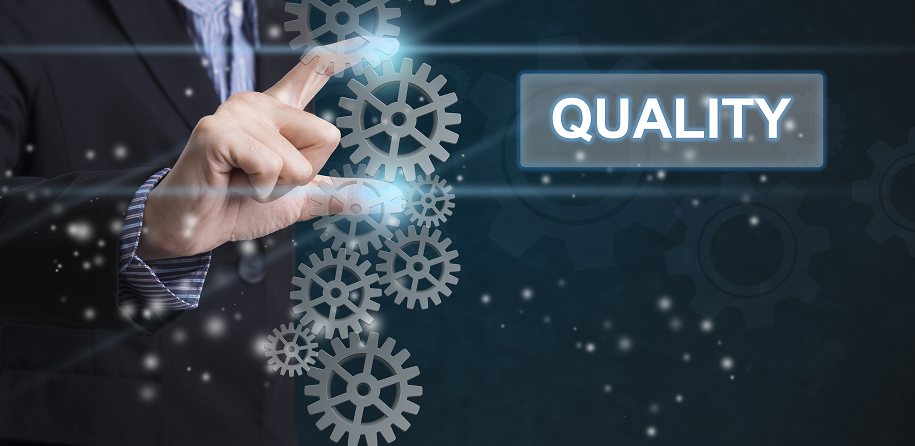Review regarding EASA Quality System by Sofema Aviation Services (SAS) www.sassofia.com
Introduction
In 1998 The Joint Aviation Authorities launched JAR OPS 1 (and “3”) contained within these documents was for the first time a specific requirement (JAR OPS Subpart B 1.035) for an independent audit function within the Operations Environment – With the transition to EASA Regulation 965/2012 a number of anomalies and miss conceptions where addressed. (Note 14 years elapsed time between the initial and “replacement” regulation.
The UAE Ops Regulation was fundamentally based on JAR OPS 1 however the process to adopt the EASA 965/2012 system is currently in transition with completion scheduled for 2023 – reference – CAR AIR OPS Final Implementation by 16 May 2023.
What is an EASA Quality System?
Essentially it consists of a method to deliver the organisations “product” under the control of nominated persons – this is a “Control of Quality” together with an independent function to assess compliance and this is known as “Quality Assurance”.
The problem is in simple terminology and it is all in a comma!
Considering the following sentences and the difference between the 2:
Version 1 Official – iii. Quality Manager. The manager, acceptable to the Authority, responsible for the management of the Quality System, monitoring function, and requesting corrective actions.
Version 2 Proposal iii. Quality Manager. The manager, acceptable to the Authority, responsible for the management of the Quality System monitoring function and requesting corrective actions.
In version 2 (which is not official the QM is responsible for the monitoring/oversight function whereas Version implies a different level of responsibility.)
There is a misconception in various “EASA centric” areas of the industry that the Quality Manager is responsible for the Entire Quality System – means the delivery of QC which is not true.
Making a Change
To lay the ground for an improved Quality Experience, EASA has re-identified the Quality Manager as the Compliance Manager (CM) – this subtle change is intended to focus on the true nature of the role of the QM within the EASA System.
Now consider the Role of the Post Holder – He is responsible for the Business Area to function in accordance with the regulatory obligations – This is Quality Control.
Now consider for every finding or nonconformity raised by the Quality Manager there is potentially a double finding.
1/ What is the Problem?
2/ Why did the business area not know it was a problem?
We compensate to a degree by requiring the PH (Business Area Owner) to determine the Root Cause – however ineffective determination of RC is a major disconnect in what could otherwise by an excellent system.
A further comment to consider if the CAA makes a finding – then we finish up with 3 issues:
1/ What is the Problem?
2/ Why did the business area not know it was a problem?
3/ Why has the Quality Audit System NOT identified the issue?
So a final comment is that:
Evidence of findings made by the CAA should be at a very low “interpretive” level and should not identify issues which carry significance – and this is a measure of an effective organisational system.
Next Steps
Follow this link to our Library to find & Download related documents for Free.
Sofema Aviation Services (SAS) and Sofema Online (SOL) provide EASA Regulatory Compliant and Vocational training including more than 50 courses specifically related to Quality Assurance and Root Cause Analysis – Delivered as classroom, webinar, and online certificated courses – for details please see the websites www.sassofia.com & www.sofemaonline.com or email team@sassofia.com
Tags:
aviation, Aviation Quality Assurance, Aviation Quality System, CAR-OPS, EASA 965/2012, EASA Quality Systems, Joint Airworthiness Authority (JAA), Quality Assurance system, Quality Control, SAS blogs




